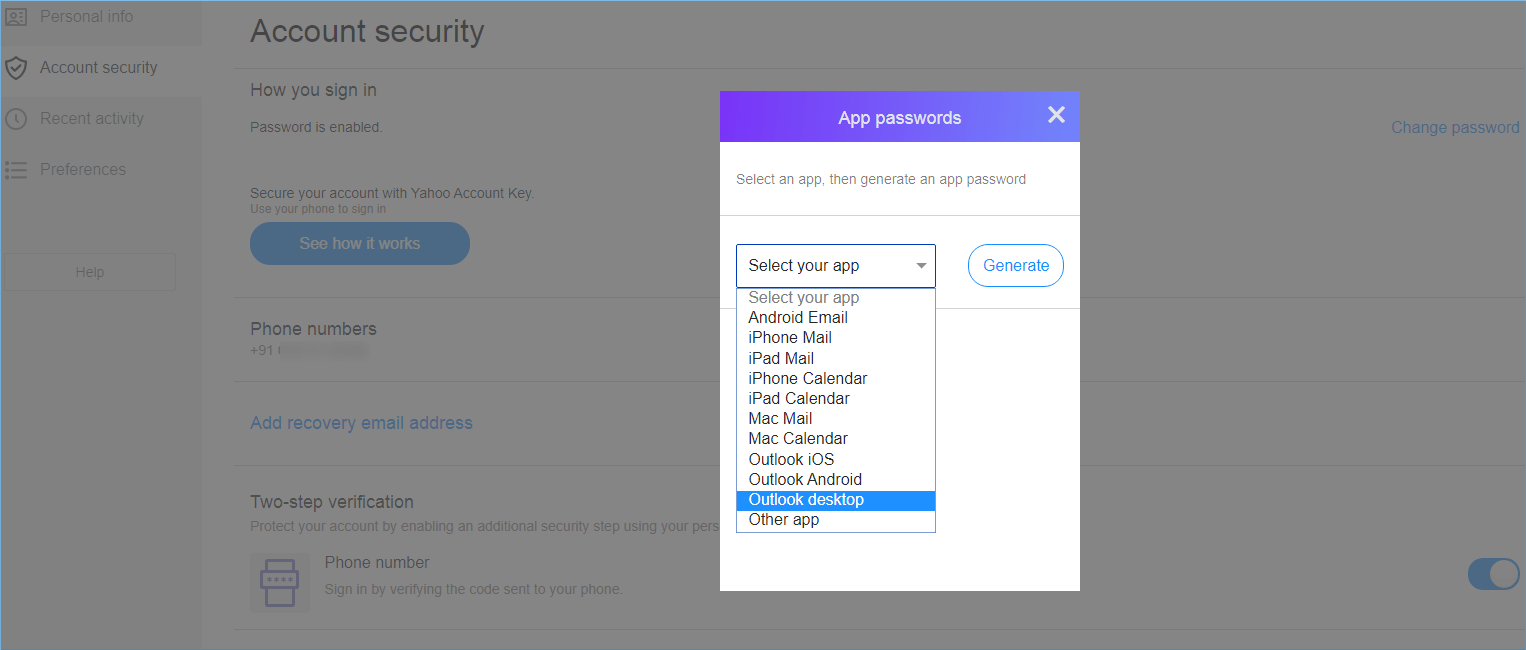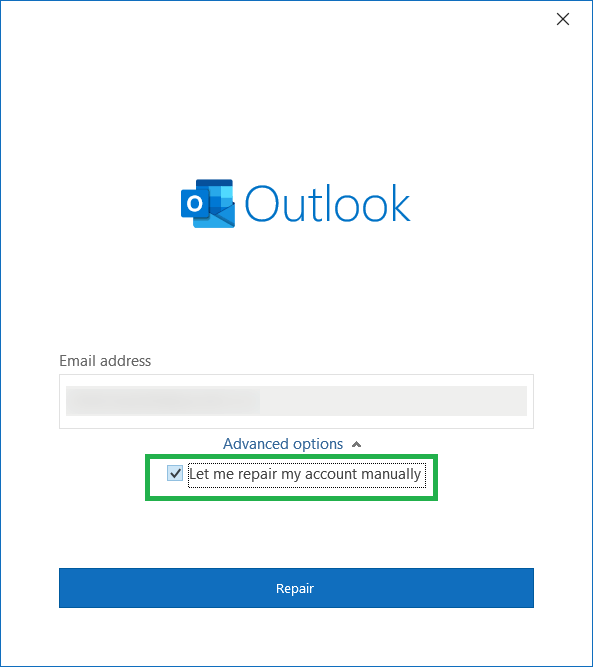
- #OUTLOOK FOR MAC 2016 FORGETS PASSWORD FOR MAC OS#
- #OUTLOOK FOR MAC 2016 FORGETS PASSWORD INSTALL#
- #OUTLOOK FOR MAC 2016 FORGETS PASSWORD UPDATE#
- #OUTLOOK FOR MAC 2016 FORGETS PASSWORD PATCH#
- #OUTLOOK FOR MAC 2016 FORGETS PASSWORD PASSWORD#
In the Run window, type this path in the Open box "%LOCALAPPDATA%\Microsoft\Outlook\".ost file (if you get an error about "cannot open set of folders") Delete all entries named Microsoft Office Identities Cache 2 and Microsoft Office Identities Settings 2 Delete all entries who type is MicrosoftOffice. Delete all entries for your Exchange account. Select Finder | Utilities | Keychain Access.Select all credentials for Microsoft, Outlook, OneDrive, or Skype for Business and choose Remove from Vault.Choose Start | Control Panel | View by Large Icons (upper right of window) | User Accounts | Manage your credentials (left column).

#OUTLOOK FOR MAC 2016 FORGETS PASSWORD PASSWORD#
Mac Outlook - Choose Tools | Accounts | type your HawkID password in the password field. Deselect the "Always prompt for logon credentials" check box.If prompted, in the Password: text box, type your password.Choose File | Account Settings | Account Settings.Verify that prompt for Credentials isn’t checked in profile:.

If prompted again after Cancel, move on to step 3.

It will run diagnostics and attempt to fix the issue.
#OUTLOOK FOR MAC 2016 FORGETS PASSWORD INSTALL#
If the steps below don't work, download and install the Microsoft Support and Recovery Tool. In this case, please contact your local ITS Support Team or the ITS Help Desk.
#OUTLOOK FOR MAC 2016 FORGETS PASSWORD UPDATE#
In some cases, you may need administrative rights to update these settings. When asked if the company plans to take any steps to address credential exposure and whether it believes its guidance adequately addresses the problem, a Microsoft spokesperson said: "We are continuing to investigate the specific scenario shared by the researcher.If you are continually being prompted for your password in Outlook try the steps below, one at a time, to resolve the issue. He suggested three mitigations: changing the order of operations so that DNS gets checked first never accepting an SSL certificate without a matching host name and reviewing why and when clients respond to authentication requests. "Also, I have only found one Exchange client so far which actually checks the hostname against the certificate, which is Microsoft's own test tool." Van Beek said he thought it was incredible that Microsoft confirmed the behavior he reported within hours but does not consider it to be a problem. "This response casually forgets to consider that a hacked web server still retains a perfectly valid certificate - it just happens to use that trusted tunnel to serve up problems," said van Beek. That the SSL certificate presented by the server is valid and from a trusted authority." Client applications should not authenticate or send data to a non-SSL endpoint. At a minimum, you should verify: That the endpoint is an HTTPS endpoint. Remember that you're sending the user's credentials, so it's important to make sure that you're only sharing them with a server you can trust. Before you send a request to a candidate, make sure it is trustworthy. 'Never accept an SSL certificate without a matching host name' is already recommended for clients in the doc cited by your report.

#OUTLOOK FOR MAC 2016 FORGETS PASSWORD PATCH#
Then on August 30, 2016, the Windows titan responded to van Beek by saying the report doesn't describe a genuine vulnerability: "Our security engineers and product team have reviewed this report and determined that it is not a security issue to be serviced as part of our monthly Patch Tuesday process. Microsoft acknowledged on August 11, 2016, that it had reproduced the issue in van Beek's report.
#OUTLOOK FOR MAC 2016 FORGETS PASSWORD FOR MAC OS#
"It doesn't necessarily require any breach of corporate security, and at its most secure, is only as secure as file level access to the corporate website." His proof-of-concept exploit code, which affected Outlook (both Mac and PC), default email apps for Android and iOS, Apple Mail for Mac OS X, and others, consisted of 11 lines of PHP, though he insisted the exploit probably could have been reduced to three lines. "Basically, I have discovered that it is extremely easy to get access to Exchange (and therefore Active Directory) user passwords in plain text," he wrote. On August 10, 2016, Marco van Beek, managing director at UK-based IT consultancy Supporting Role, emailed the Microsoft Security Response Center to disclose an Autodiscover exploit that worked with multiple email clients, including Microsoft Outlook. Though aware of this, Microsoft's advice continues to be that customers should communicate only with servers they trust. Thomas Claburn writes via The Register: Microsoft Exchange clients like Outlook have been supplying unprotected user credentials if you ask in a particular way since at least 2016.


 0 kommentar(er)
0 kommentar(er)
